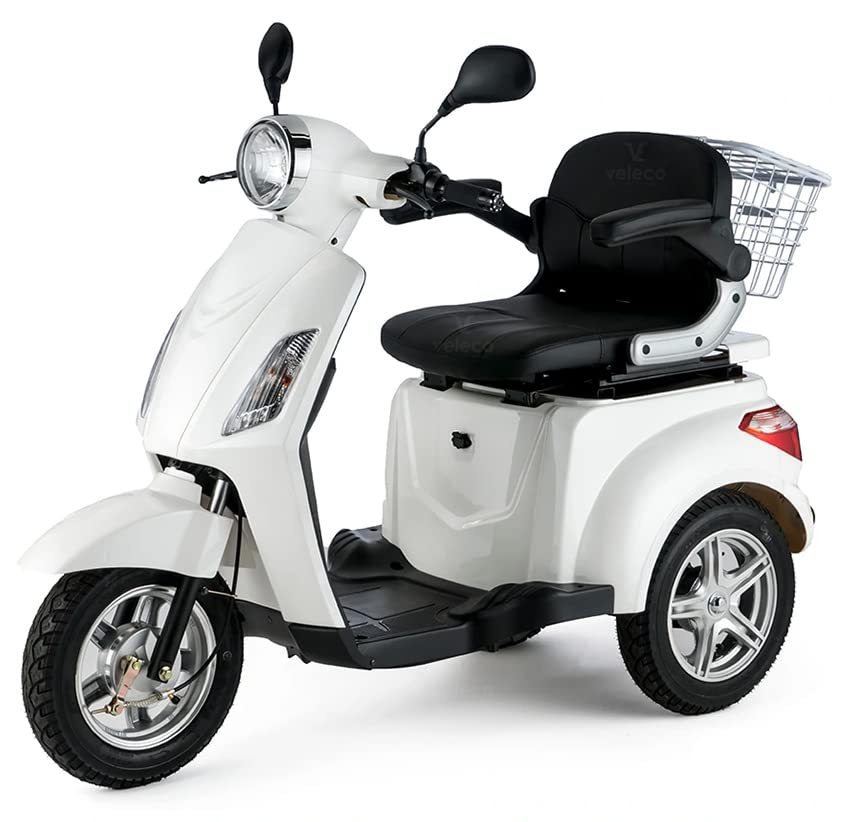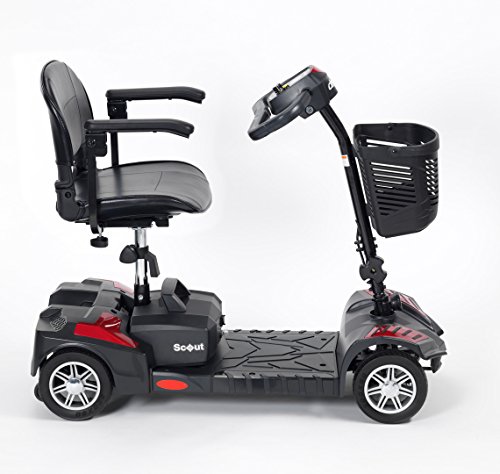Unexpected Business Strategies That Aided Multi Burner Stove Succeed
2024.07.25 15:49
 What is a Multi Burner Stove?
What is a Multi Burner Stove?A multi burner stove is designed to use more than one type of fuel. They provide a controlled environment to allow different types of wood and smokeless fuels to be burned to generate heat.
The stoves come with an enclosed firebox where the fuel is placed and lit. They also come with a door to access, a window, and air vents that regulate the supply of air and the speed of the fire.
Adjustable Flame
A lot of multi-fuel stoves come with an adjustable flame control. This is great when heating and cooking on the same stove since it allows you to adjust the temperature of your fire to match your requirements and cook/heat food more efficiently. The majority of multi-fuel stoves come with an air vent that is built into the back of the stove. This allows you to keep the fire burning after you've finished cooking. It also can be used to expel any harmful gases.
Contrary to Wood Burning Stoves that are designed to be used only with logs, Multi Fuel Stoves allow you to use any combustible solid fuel like coal, 913875.Xyz peat etc in addition to well-seasoned wood logs. Coal is slowly being discarded as it is not suitable for areas with smoke control and may produce more toxic gases than wood that is seasoned.
To ignite a fire on a multi fuel stove simply open the door and put some fire lighters or paper in a twig and dry kindling on the grill. Light the paper or firelighters, and wait until the fire catches the light. After the kindling has been set alight you can then add the dried logs that you kiln-dried to the top of the kindling, allowing you to create a fire bed that will help your logs burn more efficiently.
A high-quality Multi-fuel stove will feature frames for the grate and an ash pan so you can remove the ash from your stove without opening the door. Certain newer stoves come with built-in grate carriers frames that is designed to improve the combustion of your logs by allowing more air to move through the stove when the logs are placed in the fire bed and burning.
If you are planning to camp or backpack using your multi-burner stove it is recommended that you buy one with advanced pot support, such as the MSR PocketRocket 2 or Jetboil MiniMo. They're better able to endure windy conditions. Non-integrated canister stoves tend to leave more of the flame visible, whereas the MSR PocketRocket and the newer MSR WindMaster feature a unique clamp-on pot support that hugs the sides of the stove, helping to increase performance in windy conditions.
Adjustable Airflow
Multi fuel stoves are able to regulate the flow of air to ensure that the fire burns at its optimal rate. This allows the stove to produce heat efficiently that avoids waste gases and smoke escaping into the room. The stove can also be used with other fuels like coal. This is crucial because certain solid fuels cannot be used in smoke control areas, and other types of fuel are more dirty or expensive than wood.
In contrast to wood burning stoves that are typically constructed with an unmoving grate or riddling grate system, multi fuel stoves feature an incorporated raised riddling grate which allows combustion air to flow beneath the fuel, and make it simple to remove ash from the ash pan. A lot of our multi fuel stoves come with a range of cutting-edge technologies like Cleanburn and Airwash that help ensure that the stove is running at the highest level for the particular fuel.
Modern multi fuel stoves can be adjusted using the secondary and primary air controls. You can operate them manually or automatically. The adjustable airflow feature allows you to control the amount of secondary and first air is pumped into your stove. This will ensure that the stove is burning at the highest efficiency for the type of fuel you use.
It is best to select wood that has been kiln-dried and are low in moisture. Keep the stove in good condition and add small quantities of fuel to the fire on a regular basis. Shut off the air supply, but not completely. This could create an eddy, which can draw any unburned volatiles into the fire. Try to keep the door of your stove slightly open but not completely so you can add wood only when it's visible through the glass. When you add a log to the stove, it should be placed horizontally on the glowing embers so that it doesn't touch the sides of the stove or the bottom of the grate bars.
Adjustable Temperature
A multi-burner stove is the best choice if you want the flexibility of burning different fuels. In addition to wood logs, multifuel stoves also burn turf briquettes or peat anthracite coal as well as many smokeless fuel types. You can now choose from the wide variety of heat sources, and save time and money by not having to purchase and transport a variety of fuel.
A lot of wood burning stoves have primary, secondary and often third air vents to help regulate the flame's pattern and 913875.xyz increase efficiency. These vents allow you to set the stove to a specific fuel type and ensure the highest heat output. This is especially beneficial since the price of various fuels can be very different.
You can also utilize a multifuel stove heat a domestic water system. This will allow you to provide hot water to your home. Certain models can also be used as boilers to heat the tank of hot water for household use. This way, you can make your house warm and cosy without the need to turn on your central heating system.
The main distinction between a multi-fuel stove as well as a log burner is the latter's ability to only burn wood logs. If you want to make use of a wood stove to burn other solid fuels, it is likely that you will require a grate that is specially designed for them as they don't burn the same as logs.
Multifuel stoves have a steel grate at the bottom of the fire chamber. It allows a flow of air from below to keep the flame going. This is essential because coal, for example requires lots of combustion air to remain lit. As a result, multifuel stoves tend to be fitted with a riddler which can be removed and empty while the fire is still alight to prevent a accumulation of ash that blocks the air flow.
Cleanburn
Multi-fuel stoves are great because they can burn coal, wood without smoke, and even some minerals. It is crucial to use a high quality wood or wood pellet that has been properly seasoned and kiln dried to less than 20% moisture content.
When wood is heated the gases and particles that have accumulated in the wood throughout its life are released. Older fireplaces and wood stoves release a significant amount of these up the chimney, along with the heat, resulting in low efficiency and poor air quality in indoor areas. Modern stoves that utilize Cleanburn technology effectively burn these gases and particles. This lowers emissions and results in more efficient combustion and significantly lower temperatures of flue gas.
At Jotul we have high climate ambitions and that's why all our wood-burning stoves are built with cleanburn technology. We have developed our own Cleanburn add-on that helps your stove burn cleaner and reduces the buildup of soot on your stove glass and firebox walls, especially when you use fuels with high moisture content.
A wood stove with cleanburn technology is essential for anyone who uses wood as their main source for heating. It is a great method to improve the air quality in your home. If you live in an area that is designated as a smoke-free zone, switching to a stove that is cleaner burning will allow you to adhere to the strict rules of this regulation and can help those suffering from asthma or other respiratory problems.
Cleanburn stoves in our multi-fuel stoves include secondary air and a tertiary system that is preheated as well as the stove's base made of plain steel or vermiculite to ensure optimal combustion. The tertiary air system that is pre-heated which is normally found only on top-end stoves, assists in preventing ash and soot sticking to the stove glass and allows more gasses produced during combustion to be burned.
 Cleanburn from Jotul is an excellent addition to use in conjunction with the preheated tertiary air system to enhance the efficiency of your stove. Cleanburn will result in an efficient and cleaner flame, which is carbon neutral, and reduce the amount of soot particles that build up on the inner wall of the firebox.
Cleanburn from Jotul is an excellent addition to use in conjunction with the preheated tertiary air system to enhance the efficiency of your stove. Cleanburn will result in an efficient and cleaner flame, which is carbon neutral, and reduce the amount of soot particles that build up on the inner wall of the firebox.